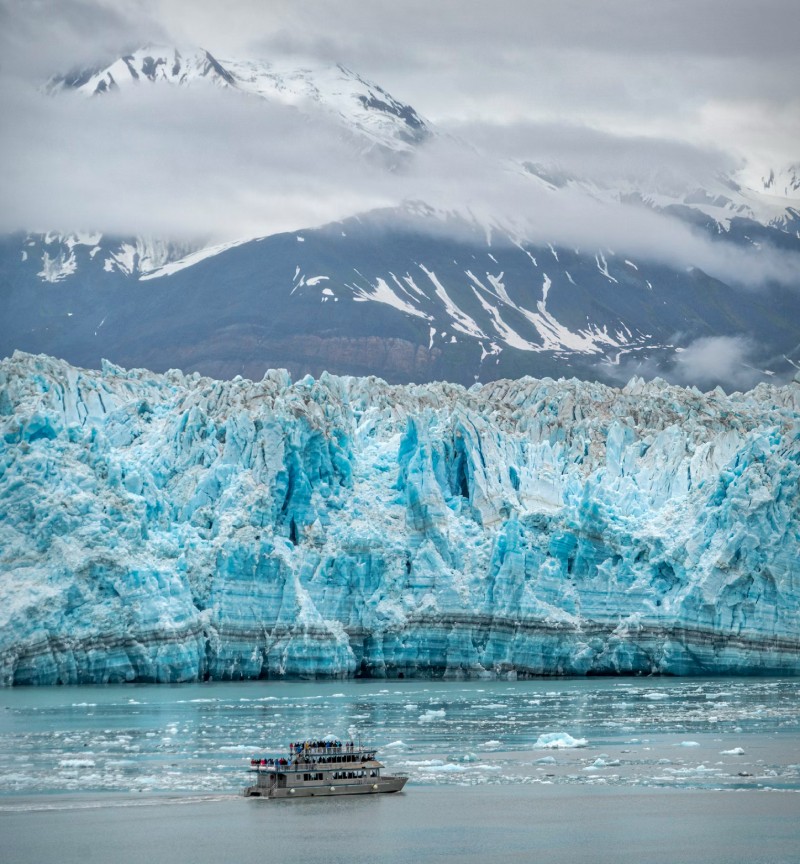The Alaskan wilderness is a haven for countless wildlife species. From majestic caribou herds to playful otters, these animals rely on a delicate balance within their ecosystems. However, the proposed Willow Project – a large-scale oil development project – casts a long shadow over this fragile environment. Habitat loss and noise pollution from the project pose significant threats to Alaskan wildlife.
Habitat Loss: Impact on Wildlife
The Willow Project would necessitate the construction of an intricate network of pipelines, roads, and drilling sites. This extensive infrastructure would fragment and destroy vast swathes of pristine Alaskan habitat. Animals that rely on specific areas for breeding, feeding, and migration would be displaced. This disruption can lead to:
- reduced population sizes;
- difficulty finding food and mates;
- increased competition for resources.
For example, caribou herds depend on specific migratory routes for calving and grazing. Habitat fragmentation caused by the project could disrupt these routes, jeopardizing the herds’ survival.
Noise Pollution: Threat to Wildlife
The constant noise from construction activities, drilling, and transportation associated with the Willow Project would create a persistent soundscape. This noise pollution can have a multitude of negative effects on wildlife, including:
- impaired communication between animals;
- increased stress levels;
- disruption of hunting and echolocation (in species like bats).
Disrupted communication due to noise can make it difficult for animals to find mates, warn each other of danger, and coordinate hunts. Chronic stress from noise pollution can weaken immune systems and hinder reproduction.

The Vulnerable Species of Alaska
Alaska’s diverse wildlife includes many species already facing population decline due to climate change and habitat loss. The Willow Project would further endanger these vulnerable populations. Some of the species at particular risk include:
Polar bears
Dependent on sea ice for hunting, habitat loss could force them to travel longer distances for food.
Steller’s sea eagles
Sensitive to noise disturbance, crucial breeding areas could be impacted.
Salmon
Vital to the ecosystem, noise and pollution from the project could disrupt spawning grounds.
Environmental Regulations and Mitigation Measures
The Willow Project’s approval hinges on adhering to environmental regulations. These regulations mandate mitigation measures to minimize the project’s impact. However, the effectiveness of these measures is often debated.
For instance, building wildlife crossings under roads might not be enough to ensure safe passage for all animals. Similarly, noise reduction techniques may not be entirely successful in such a vast and harsh environment.

Case Studies and Examples
Previous large-scale development projects in Alaska have documented negative impacts on wildlife. For example, the construction of the Trans-Alaska Pipeline disrupted caribou migration patterns, leading to a decline in populations.
These case studies serve as a cautionary tale for the Willow Project. Learning from past mistakes is crucial to minimize future environmental damage.
Conclusions
The Willow Project presents a significant threat to Alaskan wildlife. Habitat loss and noise pollution from the project can disrupt delicate ecosystems and endanger vulnerable species. While environmental regulations exist, their effectiveness in mitigating these threats remains a concern.
Considering the potential consequences, a thorough evaluation of alternative energy sources and a commitment to sustainable practices are essential before jeopardizing Alaska’s irreplaceable wildlife.





